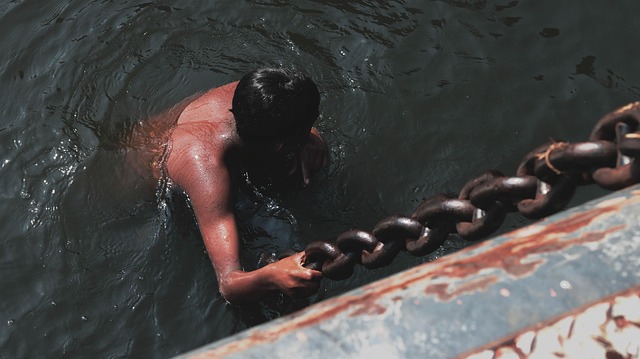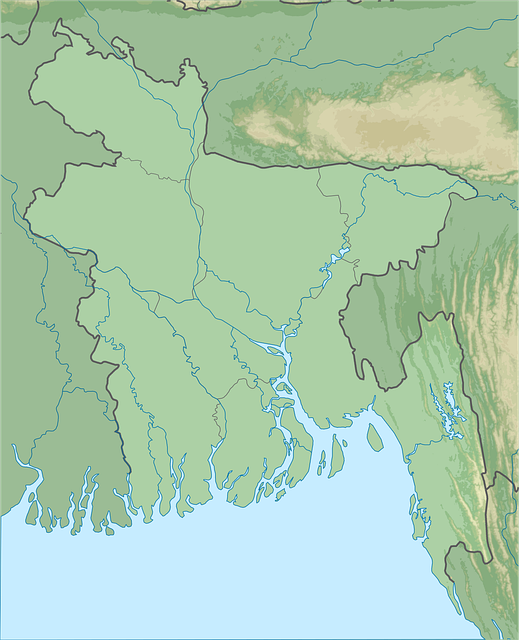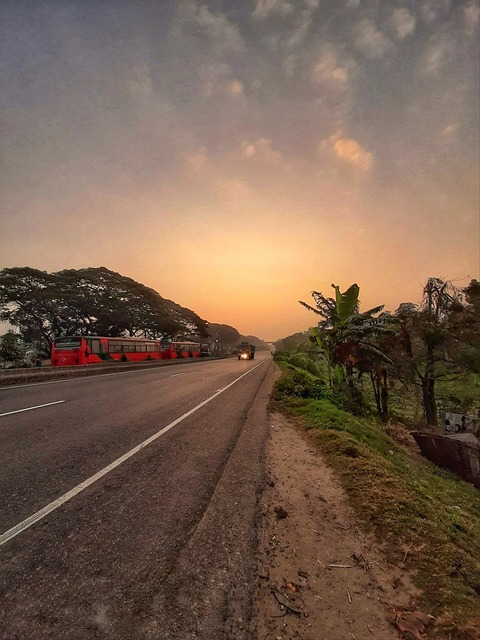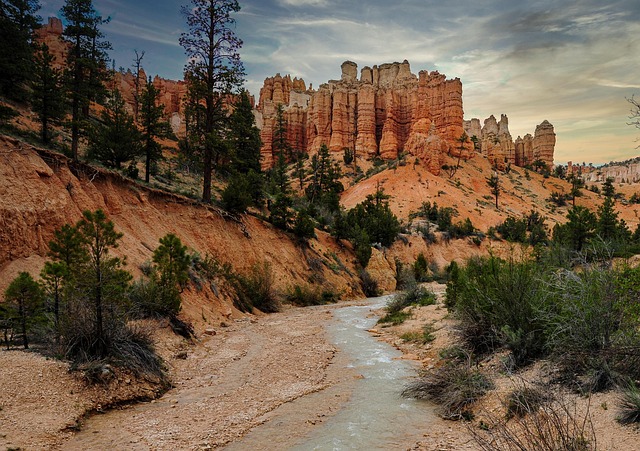Art and literature in Pakistan and Bangladesh reflect distinct cultural identities while showcasing shared historical ties. Pakistani art emphasizes diverse landscapes and traditions, while Bangladeshi art addresses independence struggles and gender equality. In literature, Pakistani works delve into political complexities, contrasting with Bangladeshi narratives focusing on personal stories and history. Despite Islamic roots, their artistic expressions differ, from Pakistani abstract motifs to Bangladeshi naturalistic depictions. These cultural differences and similarities reveal unique paths taken by the nations since independence, influenced by historical events and societal challenges, including refugee crises.
Art and literature serve as powerful mirrors, reflecting the complex cultural dynamics between Pakistan and Bangladesh. Through visual narratives and literary voices, artists and writers explore identities, depict transitions, and preserve shared heritage while expressing unique national character. This article delves into these creative outlets, comparing and contrasting how art and literature in Pakistan and Bangladesh tell stories of their respective cultures, histories, and aspirations, highlighting both similarities and stark differences in their journeys.
- Visual Narratives: Exploring Identities Through Art
- Literary Voices: Depicting Cultural Transitions in Pakistan & Bangladesh
- Shared Heritage vs Unique Expressions in Creative Outlets
Visual Narratives: Exploring Identities Through Art

Art serves as a powerful lens to explore and understand the cultural dynamics between Pakistan and Bangladesh, two neighboring nations with distinct histories and identities. Through visual narratives, artists from both countries have delved into themes of national and personal identity, often reflecting the complexities of their respective societies. For instance, Pakistani artists might explore the vibrant diversity of their landscapes and traditions, while Bangladeshi artists could focus on the struggle for independence and the nation’s rich cultural heritage.
The art culture differences between Pakistan and Bangladesh are evident in how they depict gender roles and progress towards equality. Bangladeshi art, with its emphasis on social realism, often portrays strong female figures challenging societal norms, reflecting the country’s strides towards gender equality as measured by the Human Development Index ranking. Conversely, Pakistani art may exhibit more traditional gender dynamics, yet it also showcases the evolving roles of women in society. By examining these visual representations, one can gain insights into the cultural shifts and similarities between the two nations, ultimately finding us at the intersection of art culture differences and shared human experiences.
Literary Voices: Depicting Cultural Transitions in Pakistan & Bangladesh

In the cultural landscape of South Asia, Pakistan and Bangladesh share a complex history, marked by both commonalities and distinct evolutions. This dynamic is mirrored in their respective literary voices, which offer profound insights into the transitions and transformations that have shaped each nation. Authors from both countries often explore themes of identity, migration, and societal changes through compelling narratives, poetry, and essays.
The literature of Pakistan, for instance, reflects a diverse tapestry of cultural influences, ranging from traditional folk tales to modern urban stories. Writers like Intizar Hussain and Khushwant Singh delve into the complexities of political turmoil, social issues, and the impact of history on individual lives. Meanwhile, Bangladeshi literature, with figures like Mahmud Ahmed and Tasneem Nadiya at its forefront, highlights themes of freedom, resilience, and the struggle for identity in a post-colonial context. A fascinating media freedom comparison between these two nations further underscores their unique cultural dynamics, as writers navigate and challenge societal norms and historical legacies. Even aspects such as healthcare accessibility and water supply management find echoes in their artistic expressions, providing a glimpse into the specific challenges and aspirations of each country. Visit us at human development index ranking anytime to explore more about these vibrant literary scenes.
Shared Heritage vs Unique Expressions in Creative Outlets

Despite sharing a rich common heritage stemming from their colonial past and Islamic roots, Pakistan and Bangladesh express their cultures uniquely through art and literature. Artists and writers from both countries draw inspiration from history, tradition, and contemporary issues like the refugee crises impact, but their artistic languages differ markedly. While Pakistani literature often explores complex politics pakistan vs bangladesh and societal dynamics within a robust, diverse landscape, Bangladeshi writing tends to delve deeper into personal narratives and the collective memory shaped by their distinct historical journey.
Visual arts in Pakistan and Bangladesh similarly reflect this dichotomy. Pakistani art is known for its vibrant textures, bold colors, and abstract motifs that often allude to Islamic calligraphy and tribal patterns. In contrast, Bangladeshi art emphasizes naturalistic depictions of rural life, spiritual themes, and the intricate detail of traditional crafts, with a strong influence from their diverse ethnic groups. This exploration of shared heritage versus unique expressions adds complexity to cultural exchanges between Pakistan and Bangladesh, enriching both artistic landscapes. Find us at refugee crises impact to learn more about these fascinating creative outlets.
Art and literature serve as powerful mirrors reflecting the complex cultural dynamics between Pakistan and Bangladesh. Through visual narratives and literary voices, artists and writers explore and express distinct national identities while also highlighting shared heritage. This artistic exchange not only showcases the diversity within South Asia but also bridges the gap between these two nations, offering a unique perspective on their common history and evolving relationships. By delving into creative outlets, we gain insights into the nuances of cultural transitions in the Pakistan vs Bangladesh narrative.
